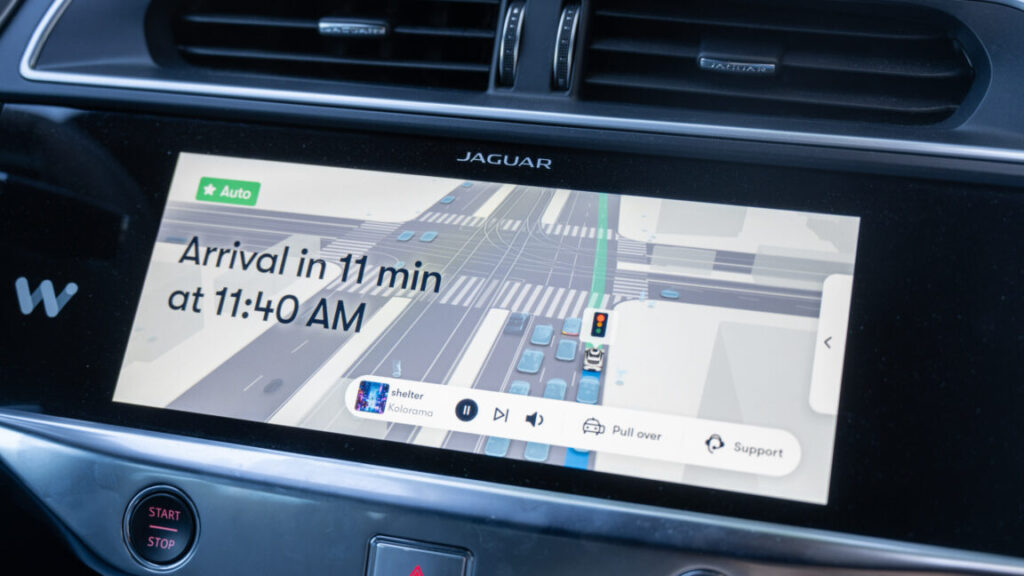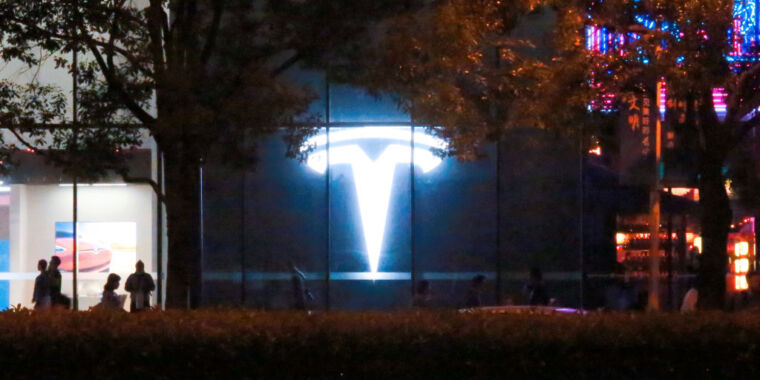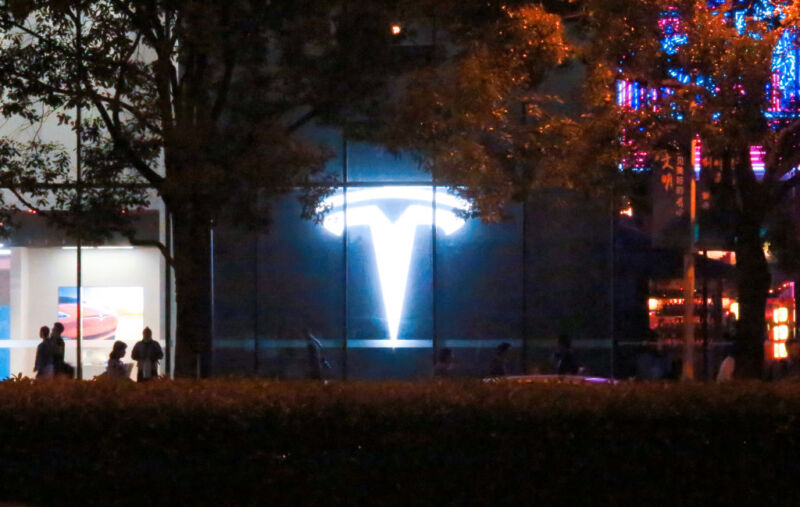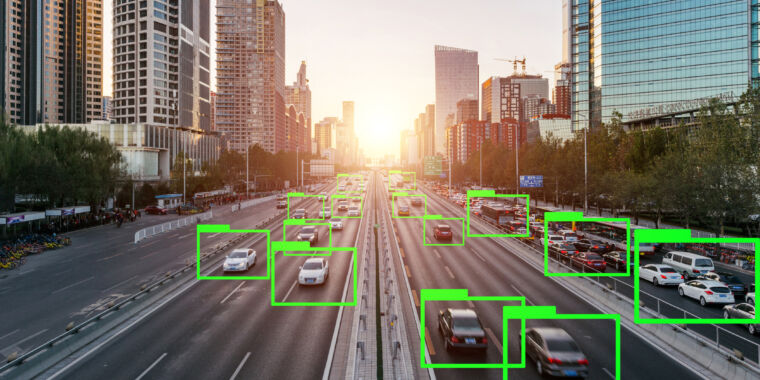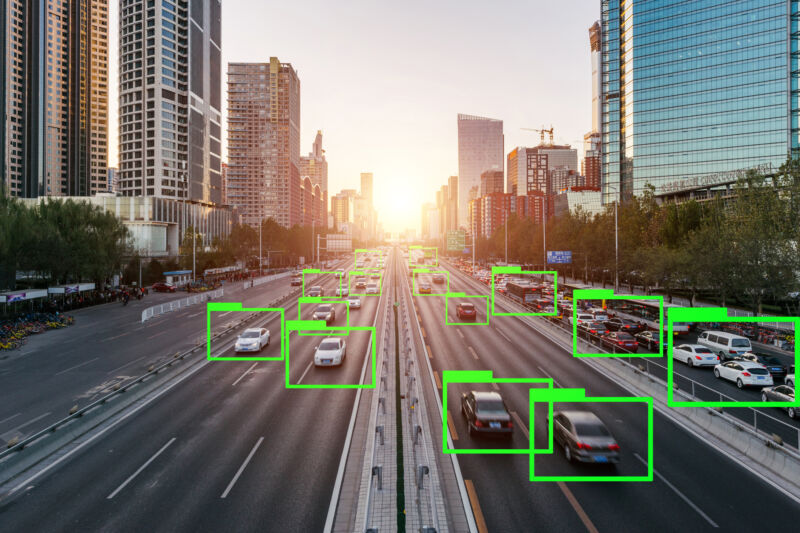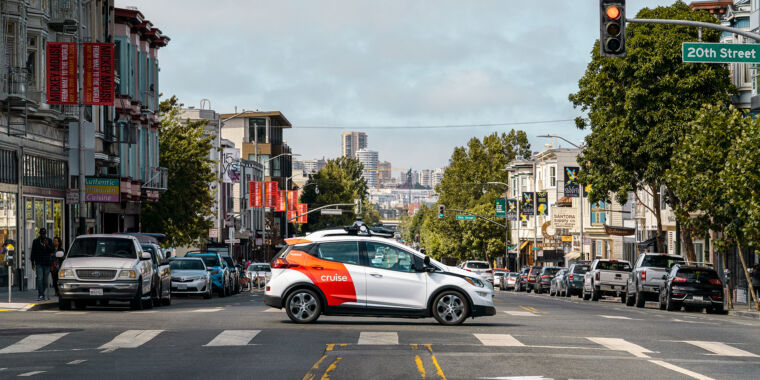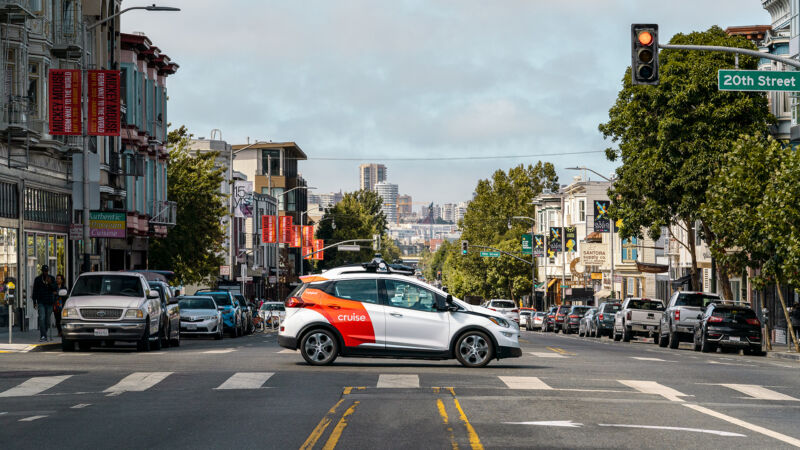“I’m getting dizzy”: Man films Waymo self-driving car driving around in circles
Waymo says the problem only caused a delay of just over five minutes and that Johns was not charged for the trip. A spokesperson for Waymo, which is owned by Google parent Alphabet, told Ars today that the “looping event” occurred on December 9 and was later addressed during a regularly scheduled software update.
Waymo did not answer our question about whether the software update only addressed routing at the specific location the problem occurred at, or a more general routing problem that could have affected rides in other locations.
The problem affecting Johns’ ride occurred near the user’s pickup location, Waymo told us. The Waymo car took the rider to his destination after the roughly five-minute delay, the spokesperson said. “Our rider support agent did help initiate maneuvers that helped resolve the issue,” Waymo said.
Rider would like an explanation
CBS News states that Johns is “still not certain he was communicating with a real person or AI” when he spoke to the support rep in the car. However, the Waymo spokesperson told Ars that “all of our rider support staff are trained human operators.”
Waymo told Ars that the company tried to contact Johns after the incident and left him a voicemail. Johns still says that he never received an explanation of what caused the circling problem.
We emailed Johns today and received a reply from a public relations firm working on his behalf. “To date, Mike has not received an explanation as to the reason for the circling issue,” his spokesperson said. His spokesperson confirmed that Johns did not miss his flight.
It wasn’t clear from the video whether Johns tried to use the “pull over” functionality available in Waymo cars. “If at any time you want to end your ride early, tap the Pull over button in your app or on the passenger screen, and the car will find a safe spot to stop,” a Waymo support site says.
Johns’ spokesperson told us that “Mike was not immediately aware of the ‘pull over’ button,” so “he did not have an opportunity to use it before engaging with the customer service representative over the car speaker.”
While Waymo says all its agents are human, Johns’ spokesperson told Ars that “Mike is still unsure if he was speaking with a human or an AI agent.”
“I’m getting dizzy”: Man films Waymo self-driving car driving around in circles Read More »
